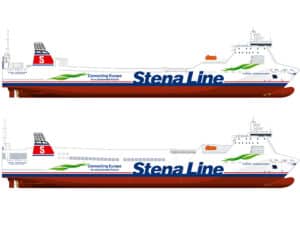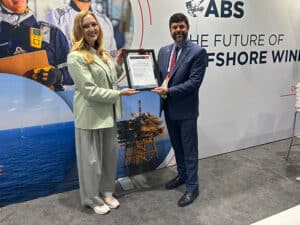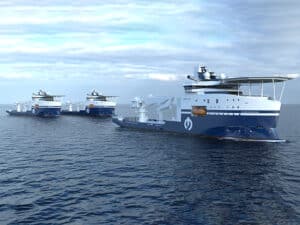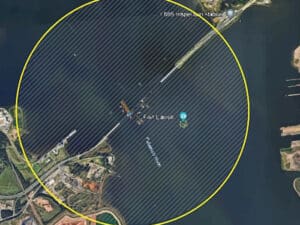
Headhunter systems installed in MWCC capture vessels
Written by Nick Blenkey MARCH 6, 2013 — Mark Mellinger, President of Headhunter, Inc., Fort Lauderdale, FL reports the completion of the installation of the company’s Tidalwave HMX sewage treatment plant on the first of two specially outfitted Aframax tankers, owned by AET Tanker Holdings of Kuala Lumpur, Malaysia, that have been chartered for 20 years to Marine Well Containment Company of Houston, Texas.
MARCH 6, 2013 — Mark Mellinger, President of Headhunter, Inc., Fort Lauderdale, FL reports the completion of the installation of the company’s Tidalwave HMX sewage treatment plant on the first of two specially outfitted Aframax tankers, owned by AET Tanker Holdings of Kuala Lumpur, Malaysia, that have been chartered for 20 years to Marine Well Containment Company of Houston, Texas.
The Aframax tankers will be part of the expanded containment system that Marine Well Containment Company will make available this year for use in deepwater depths up to 10,000 feet, with the capacity to contain up to 100,000 barrels of liquid per day (and handle up to 200 million standard cubic feet of gas per day). The capture vessels, with up to 700,000 barrels of liquid storage capacity, can process, store and offload the liquids to shuttle tankers, which can then safely take the liquids to shore for further processing.
During hurricanes, capture vessels will disconnect and move away from the storm for the safety of the operating personnel.
“We are pleased to have been chosen to provide the Tidalwave HMX sewage treatment plant on the Eagle Texas and Eagle Louisiana, which will be deployed as oil spill response and well-containment vessels in the U.S. Gulf of Mexico,” said Mr. Mellinger. “The fact that our system was chosen for installation on these state-of-the-art vessels is testimony to the quality of our products and the reliability of our services. All of our waste treatment systems are certified for worldwide compliance under MARPOL.”
The Tidalwave HMX systems are USCG-certified and Bureau Veritas-approved to IMO MEPC 159(55) standards. They can process up to 50,000 gallons (187 cubic meters) per day and use flocculants, chemical oxidation, hydro-maceration and patented crossflow separation techniques to destroy influent biomass. The six-stage process provides trouble-free treatment of black and gray water and a sterile effluent for disposal. The PLC controller allows treatment techniques to be customized after installation for varying hydraulic and organic loading conditions or to meet varying performance standards in different parts of the world.





Leave a Reply
You must be logged in to post a comment.